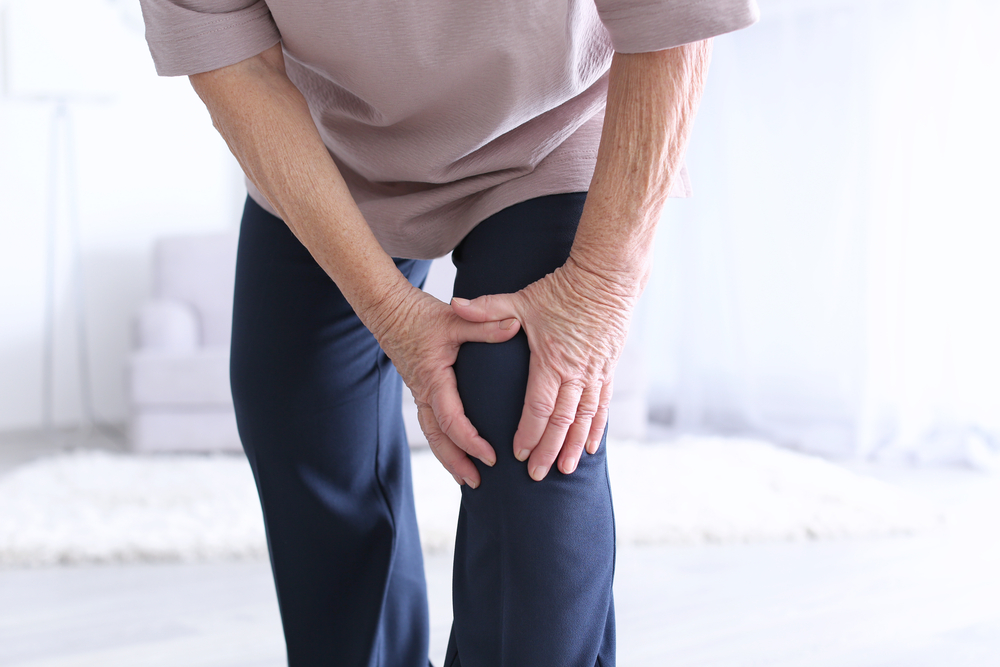As the winter season approaches, many people experience an increase in joint pain, particularly in their knees. This can be a result of various factors such as cold temperatures, decreased activity levels, and changes in barometric pressure. Winter knee pain can significantly impact one’s daily life, making it difficult to perform simple tasks and enjoy activities. However, there are several tips and remedies that can help manage and alleviate winter joint pain. In this article, we will explore the causes of winter joint pain and provide effective solutions for pain relief.
Understanding Winter Joint Pain

Winter joint pain is a common complaint among individuals, especially those who suffer from conditions such as arthritis or previous knee injuries. The following are some of the main reasons why winter weather can exacerbate joint pain:
Effects of Cold Temperatures
Cold temperatures can have a significant impact on our joints. When the temperature drops, the muscles and tissues around the joints tend to tighten and become less flexible. This reduced flexibility can make it more challenging to move the joints, leading to pain and stiffness. Additionally, cold weather can cause the synovial fluid (which lubricates the joints) to thicken, making it harder for the joints to move smoothly.
Reduced Activity Levels
During the winter months, many people tend to be less active due to shorter days and colder weather. This lack of physical activity can weaken the muscles around the joints, making them more susceptible to pain and injury. Moreover, inactivity can also lead to weight gain, which puts additional pressure on the joints and increases discomfort.
Changes in Barometric Pressure
Barometric pressure refers to the weight of the air pressing down on the Earth’s surface. Changes in barometric pressure can affect the tissues in the joints, causing them to expand and contract. This can lead to pain and discomfort, especially for individuals with existing joint conditions.
Effective Relief for Winter Joint Pain
While winter joint pain can be challenging to manage, there are several effective ways to alleviate discomfort and improve mobility. Here are some tips and remedies that can help:
Exercise Regularly
Regular exercise is crucial for maintaining joint health, even during the winter months. Engaging in low-impact exercises such as walking, swimming, or yoga can help to improve circulation, strengthen the muscles around the joints, and increase flexibility. These activities also release endorphins, which act as natural painkillers and can help reduce joint pain.
Additionally, incorporating strength training exercises into your routine can help to build muscle mass and support the joints. It is essential to consult with a doctor or physical therapist before starting any new exercise regimen, especially if you have existing joint conditions.
Stay Warm
Keeping the joints warm is essential for reducing pain and stiffness. Wearing layers of clothing, including thermal wear, can help to retain body heat and keep the joints warm. You can also use heating pads or take warm baths to soothe achy joints. Additionally, wearing compression sleeves or braces can provide extra support and warmth to the joints.
Maintain a Healthy Diet
Eating a well-balanced diet is crucial for overall health, including joint health. Consuming foods rich in omega-3 fatty acids, such as salmon, tuna, and walnuts, can help to reduce inflammation and alleviate joint pain. Incorporating fruits and vegetables into your diet can also provide essential vitamins and minerals that support joint health.
Moreover, it is essential to stay hydrated by drinking plenty of water throughout the day. Dehydration can cause joint pain and stiffness, so it is crucial to drink enough fluids, even during the colder months.
Use Over-the-Counter Medications
Over-the-counter medications, such as non-steroidal anti-inflammatory drugs (NSAIDs), can help to relieve joint pain and reduce inflammation. However, it is essential to consult with a doctor before taking any medication, as they may interact with other medications or have side effects.
Try Natural Remedies
Several natural remedies can help to alleviate joint pain and stiffness. These include:
- Turmeric: This spice contains a compound called curcumin, which has anti-inflammatory properties and can help reduce joint pain.
- Ginger: Ginger also has anti-inflammatory properties and can be consumed in tea or added to meals.
- Epsom salt baths: Soaking in a warm bath with Epsom salts can help to relax muscles and reduce joint pain.
- Massage therapy: Regular massages can help to improve circulation, reduce tension in the muscles, and provide relief for joint pain.
Managing Winter Knee Pain
While the above tips and remedies can help to alleviate winter joint pain, it is essential to take extra care of your knees during this season. Here are some specific ways to manage knee pain during the winter months:
Wear Appropriate Footwear
Wearing proper footwear is crucial for maintaining good knee health. During the winter, it is essential to wear shoes with good traction to prevent slips and falls on icy surfaces. Additionally, investing in supportive shoes with cushioned soles can help to absorb shock and reduce pressure on the knees.
Use Assistive Devices
If you have existing knee conditions or experience severe knee pain, using assistive devices such as a cane or walker can help to reduce pressure on the knees while walking. These devices can also provide stability and support, making it easier to move around and perform daily activities.
Avoid High-Impact Activities
High-impact activities such as running or jumping can put excessive strain on the knees and worsen joint pain. It is best to avoid these activities during the winter months and opt for low-impact exercises instead.
Practice Good Posture
Maintaining good posture is crucial for reducing strain on the knees. When standing, make sure to distribute your weight evenly on both legs and avoid locking your knees. When sitting, keep your feet flat on the ground and avoid crossing your legs for extended periods.
Consider Physical Therapy
If you have chronic knee pain, physical therapy can be an effective way to manage symptoms and improve mobility. A physical therapist can create a personalized exercise plan that targets specific muscle groups to support the knees and reduce pain.
Conclusion
Winter joint pain can significantly impact one’s quality of life, but it is not something that has to be endured. By understanding the causes of winter joint pain and implementing effective relief strategies, individuals can manage their symptoms and enjoy the season without discomfort. It is essential to consult with a doctor if the pain persists or becomes severe, as it may be a sign of an underlying condition. With proper care and attention, winter knee pain can be managed, allowing individuals to stay active and pain-free during the colder months.
